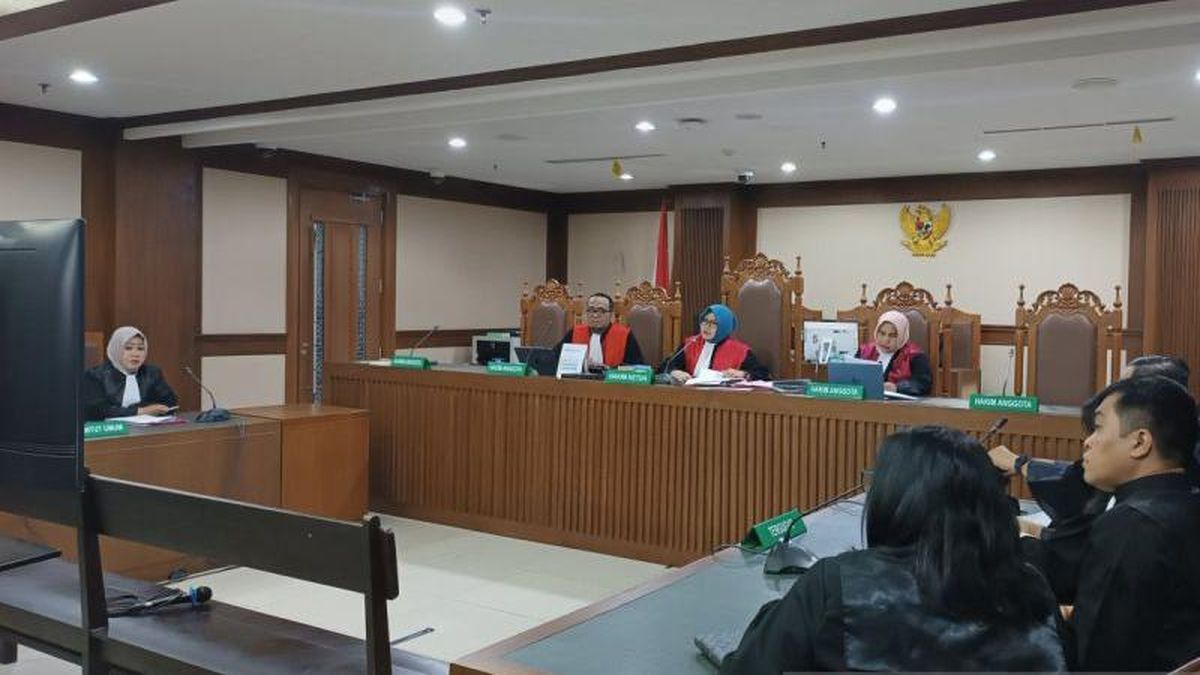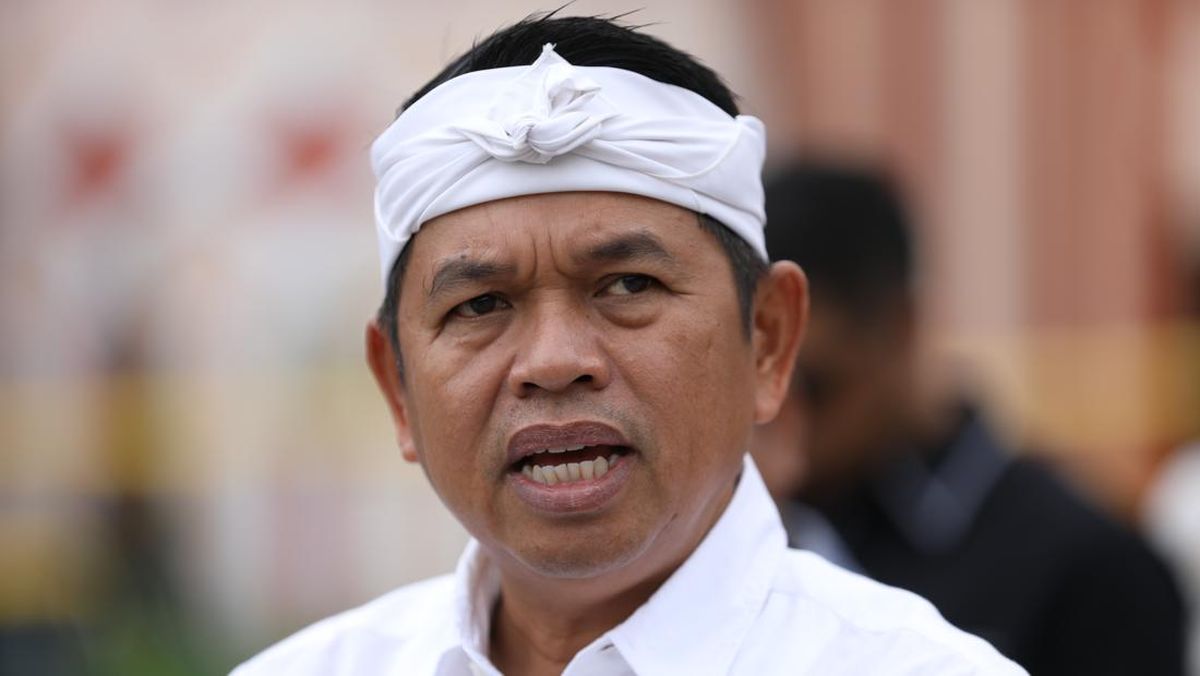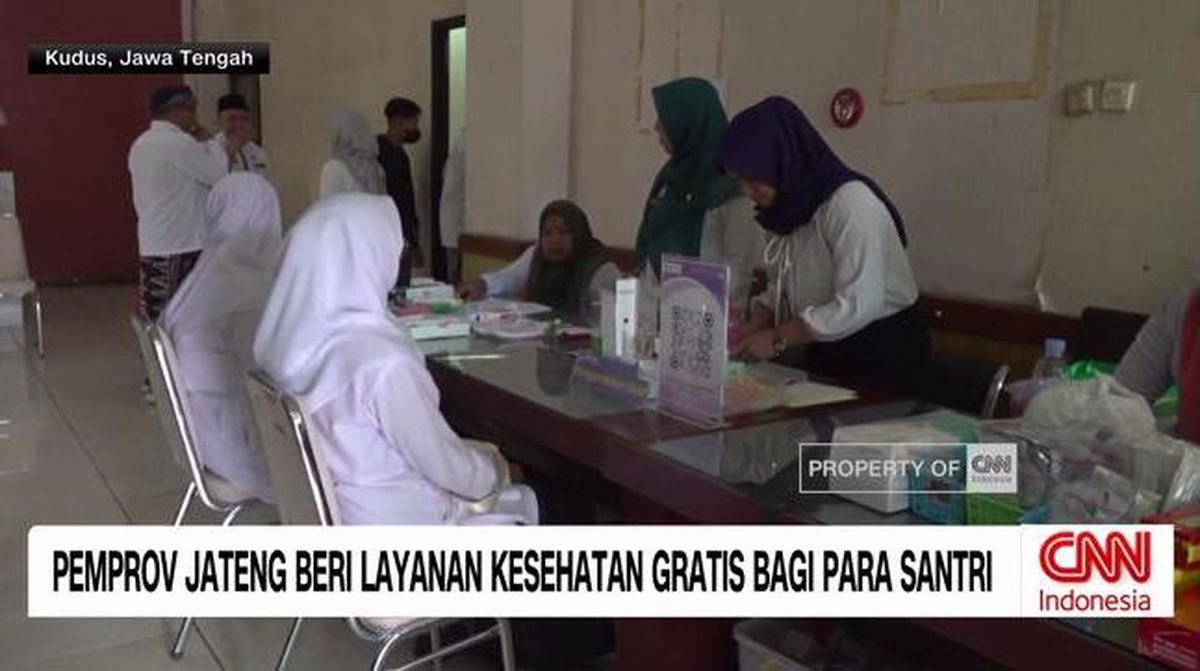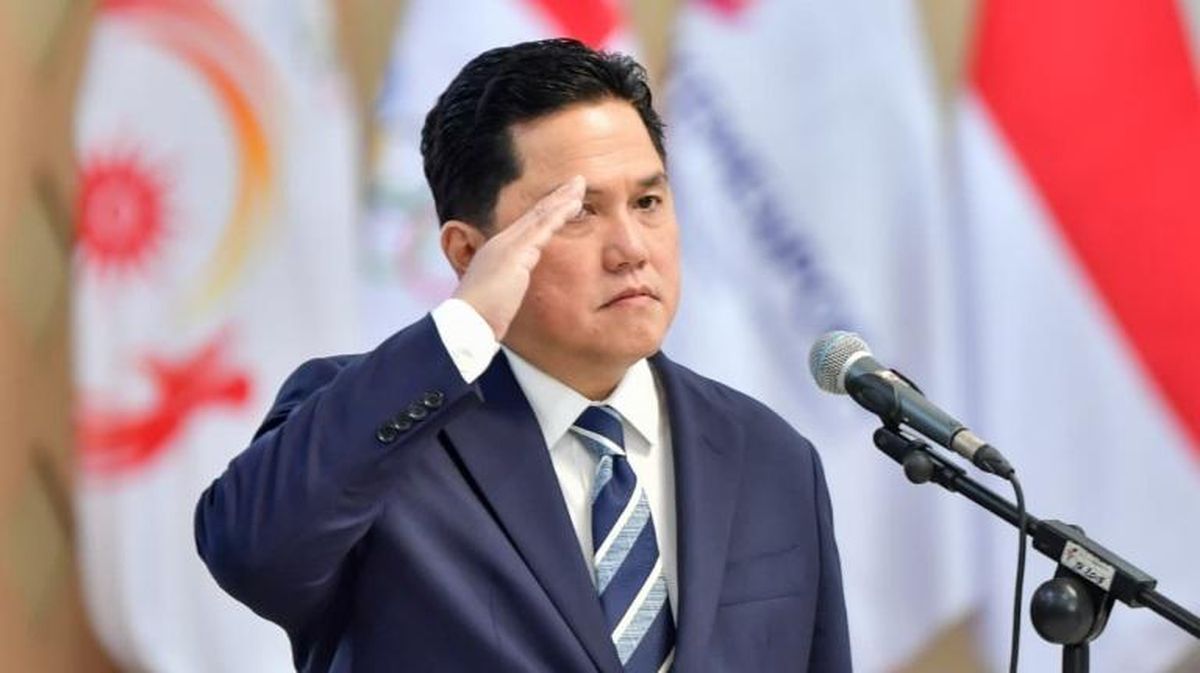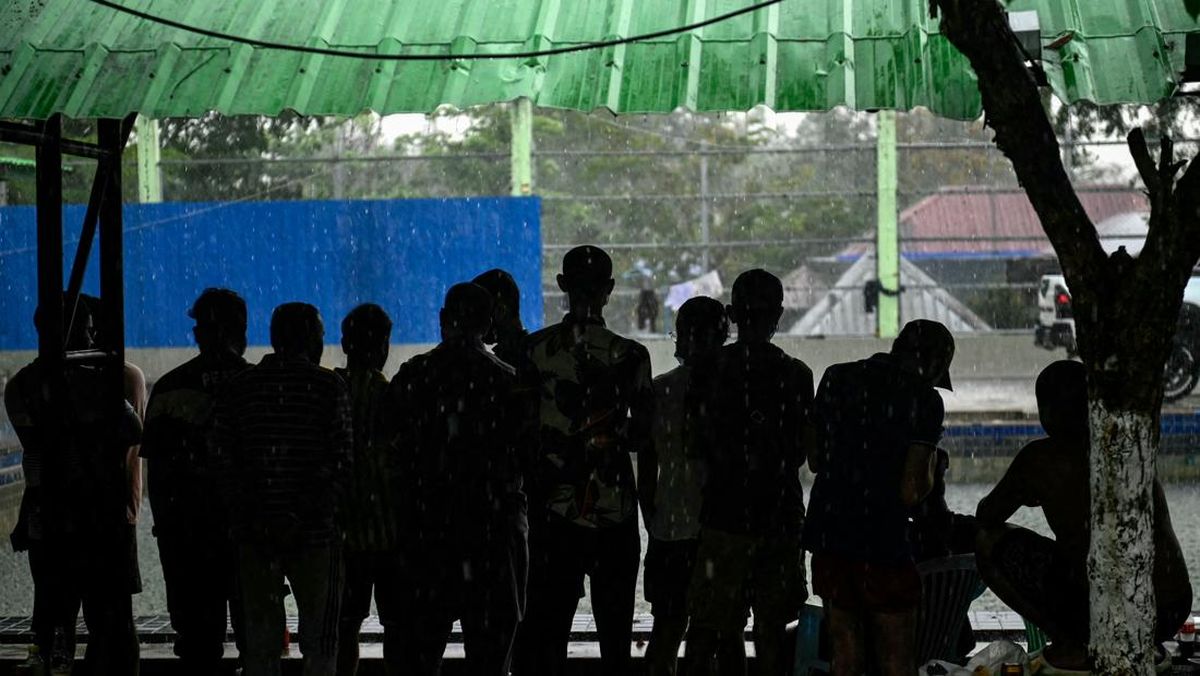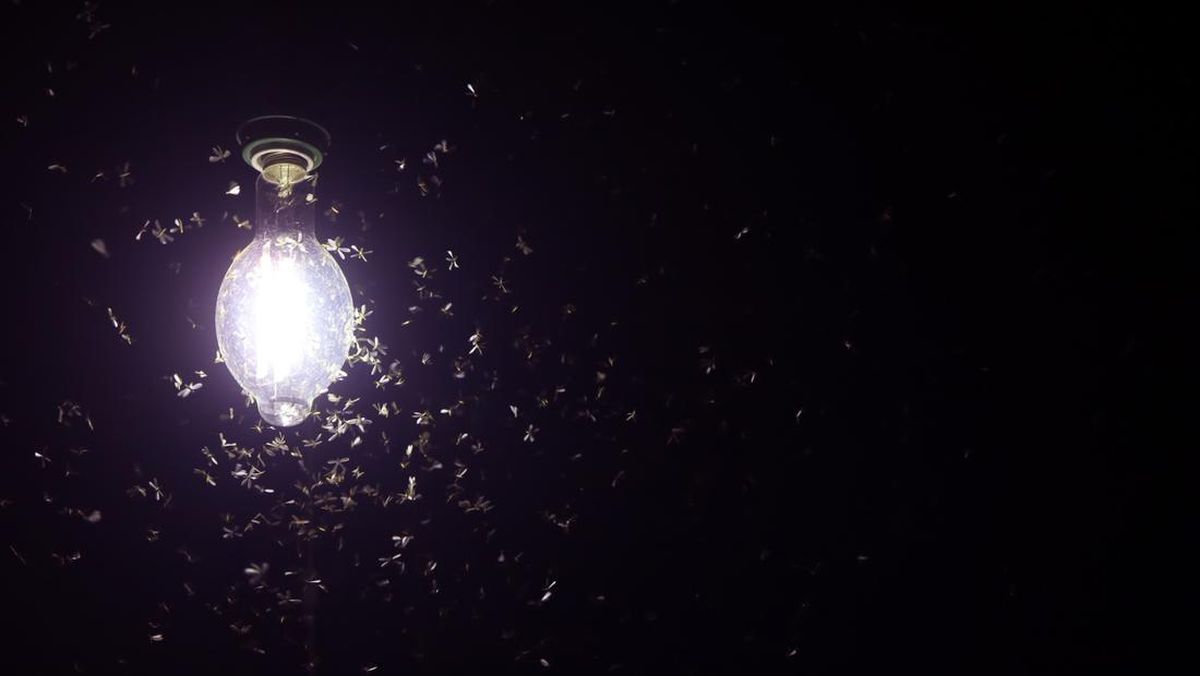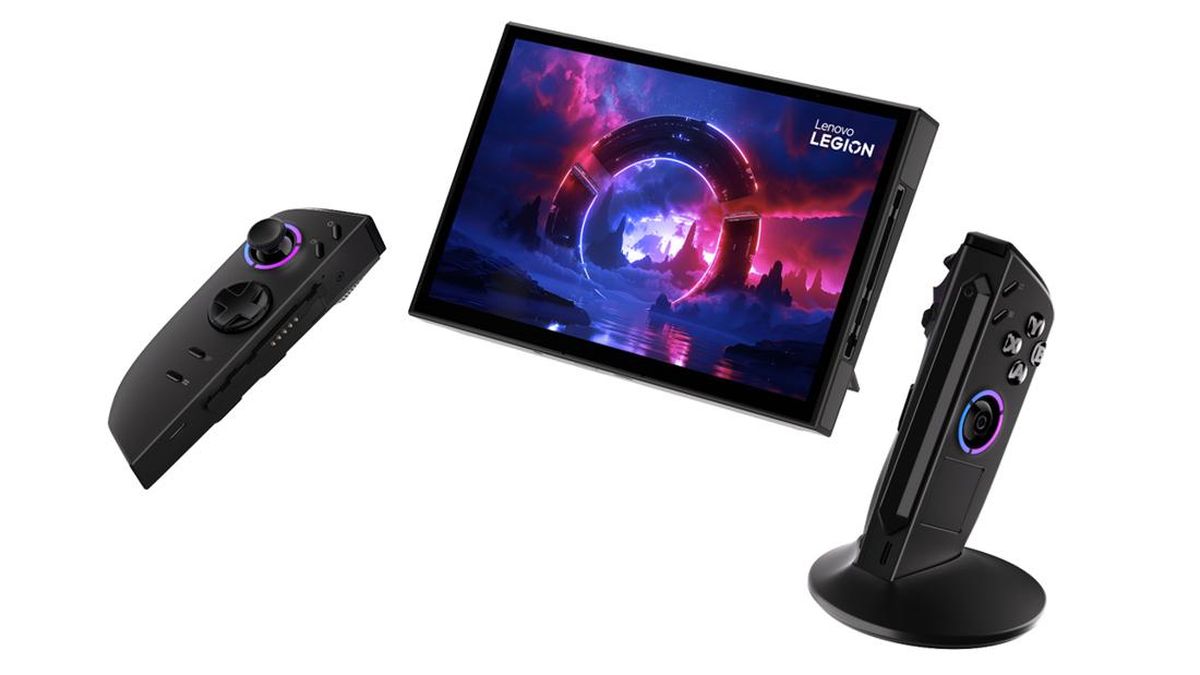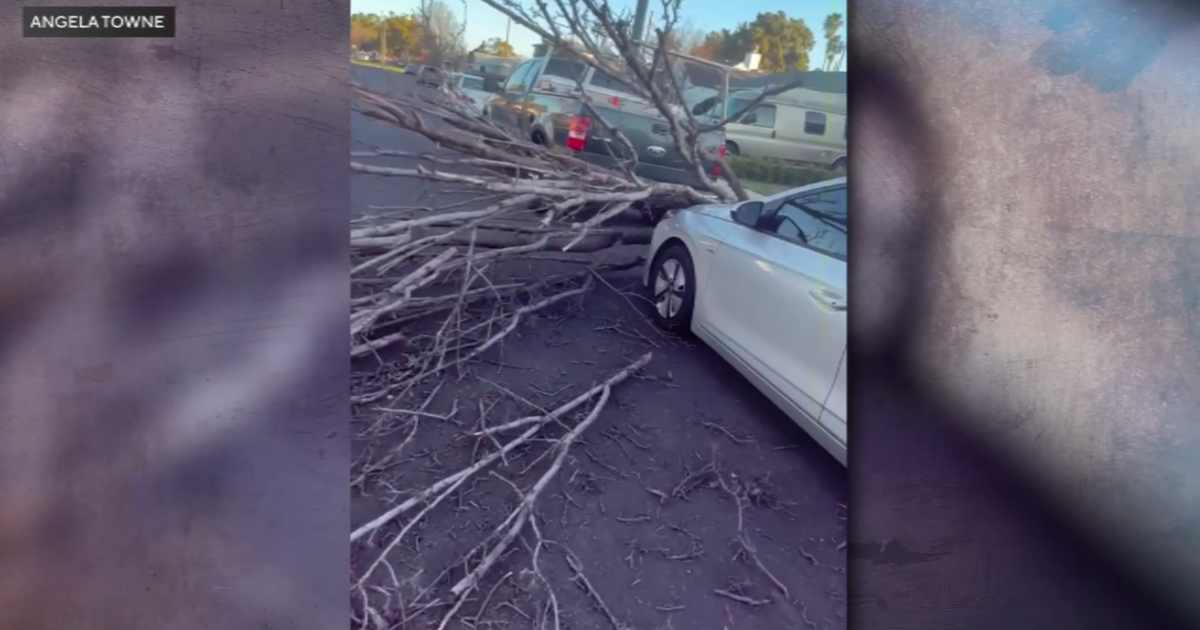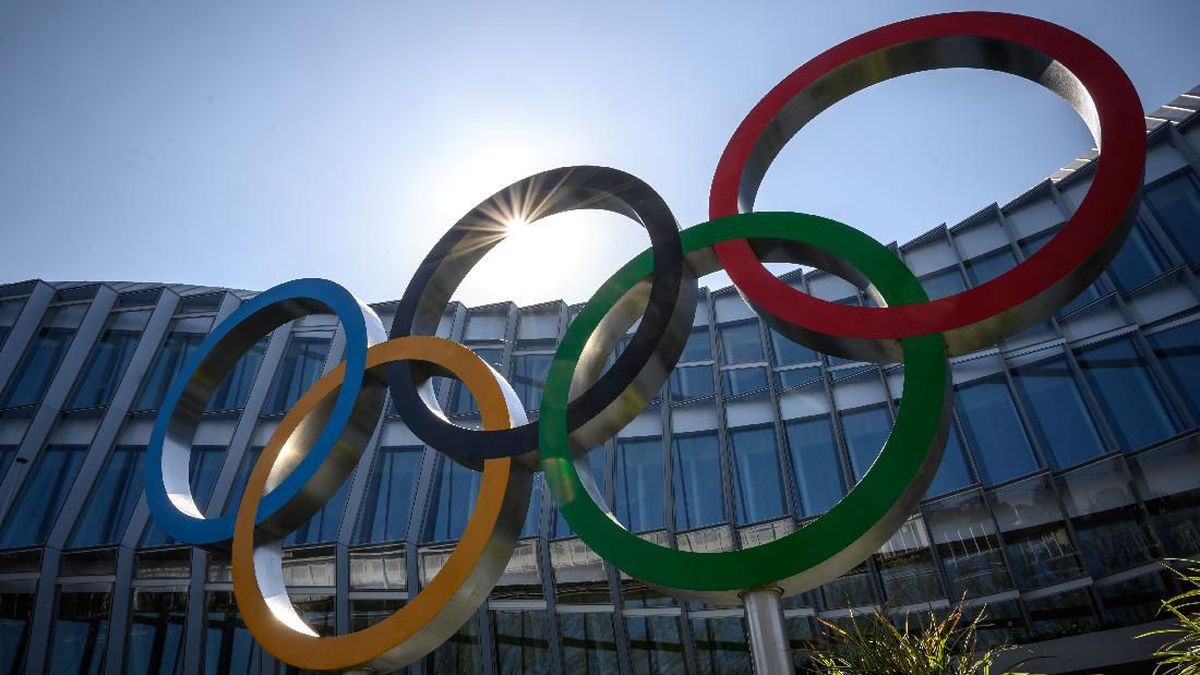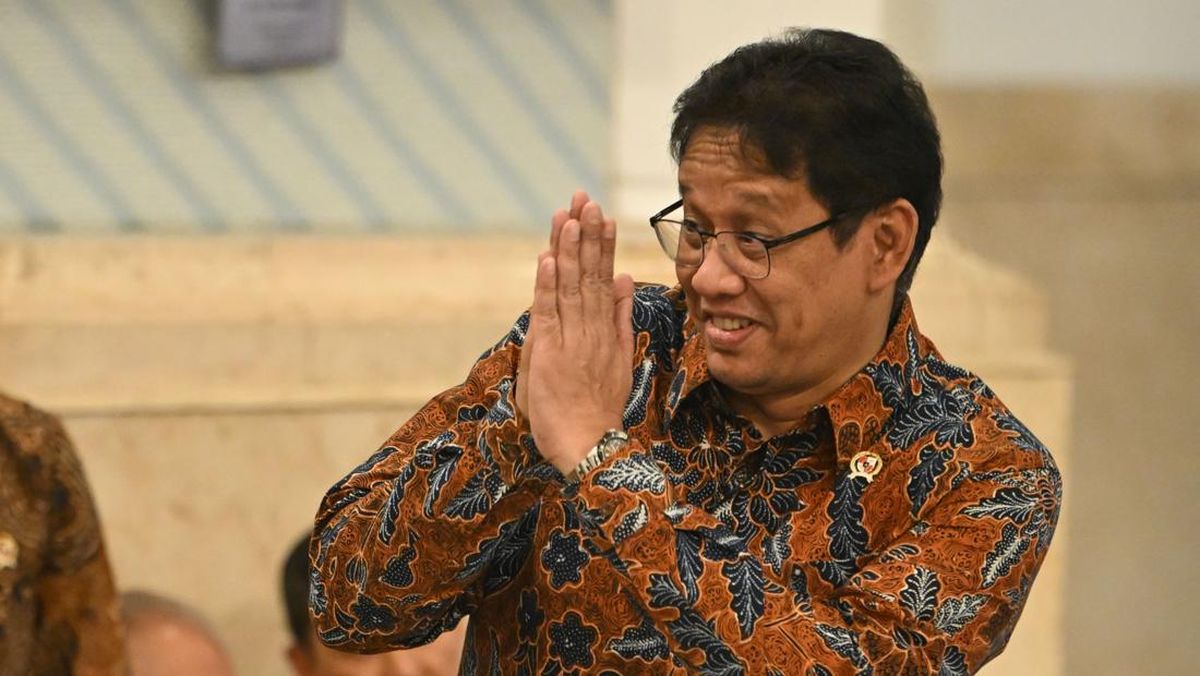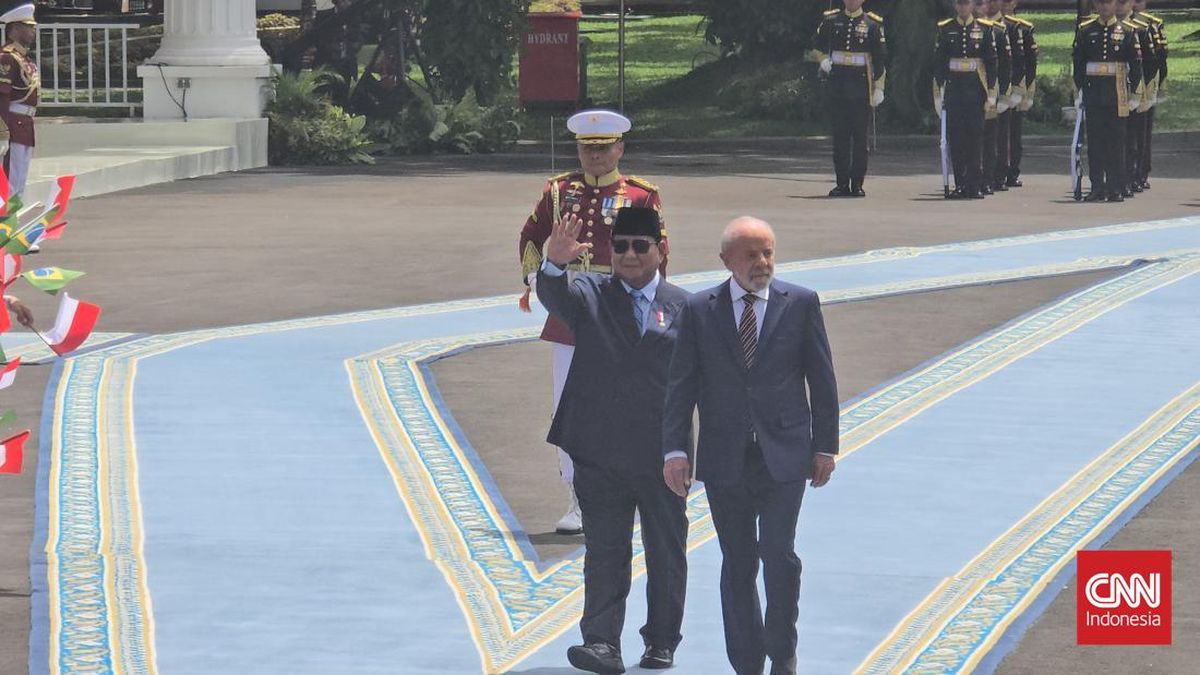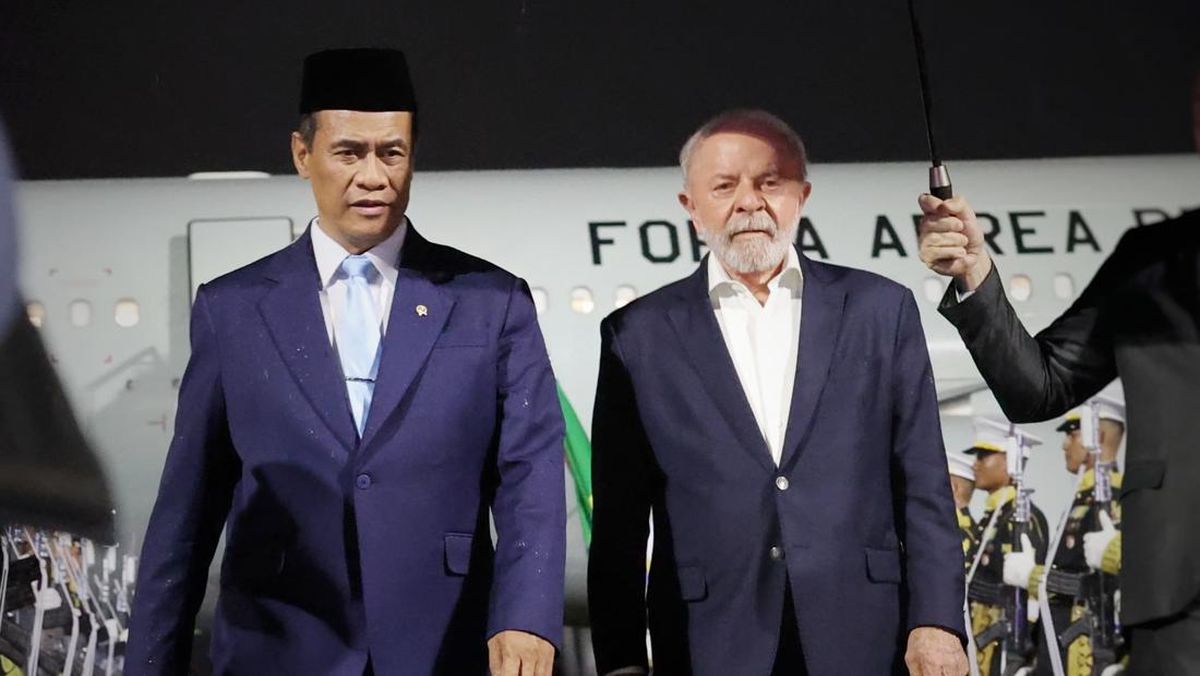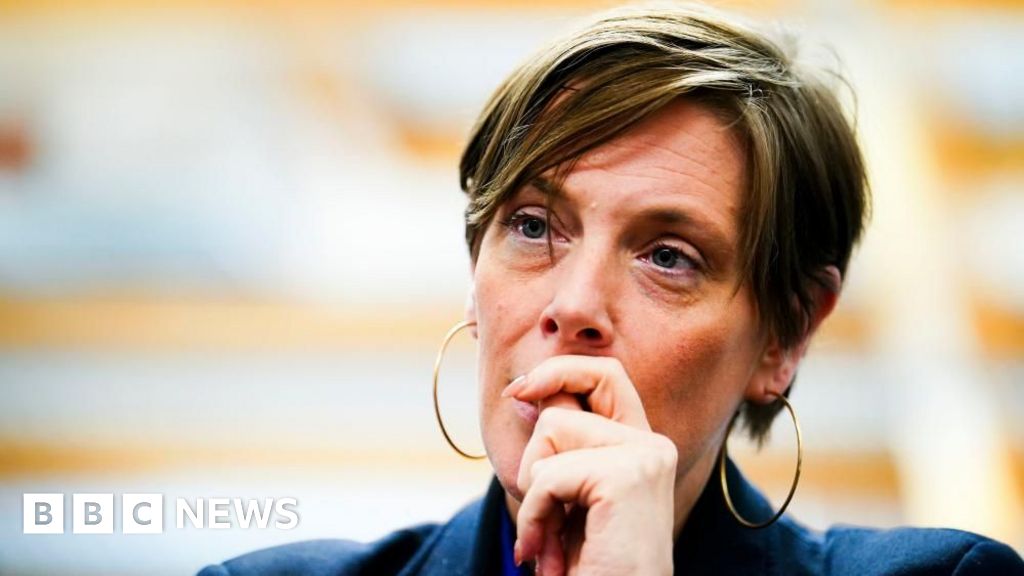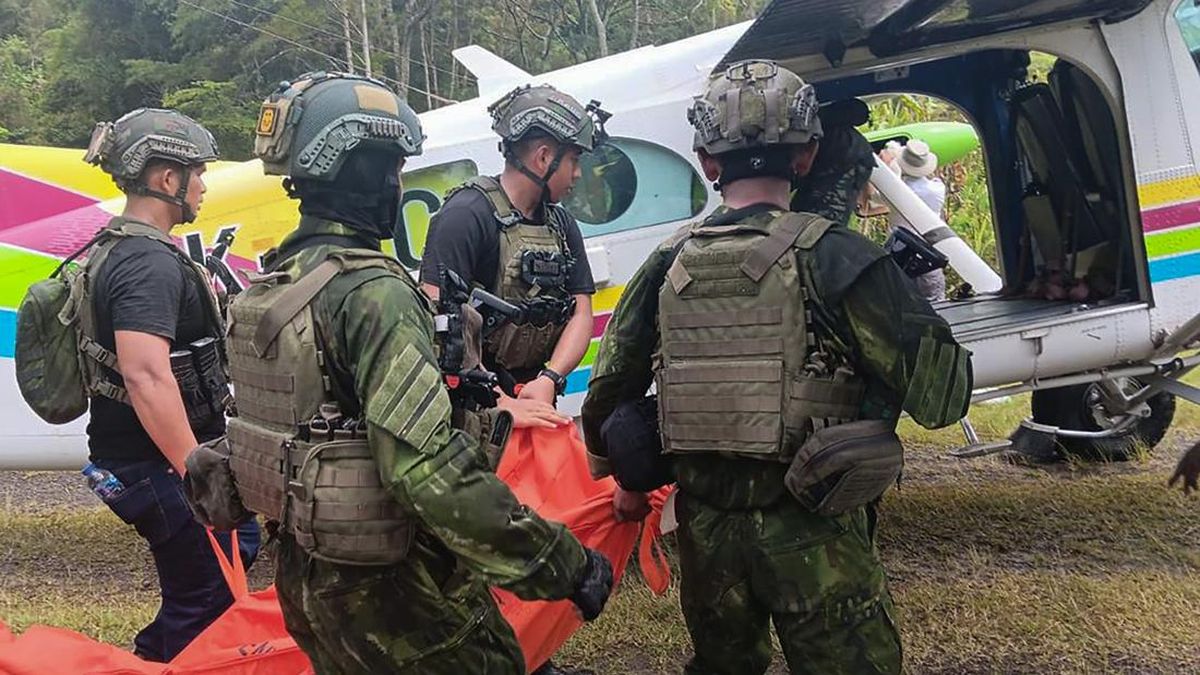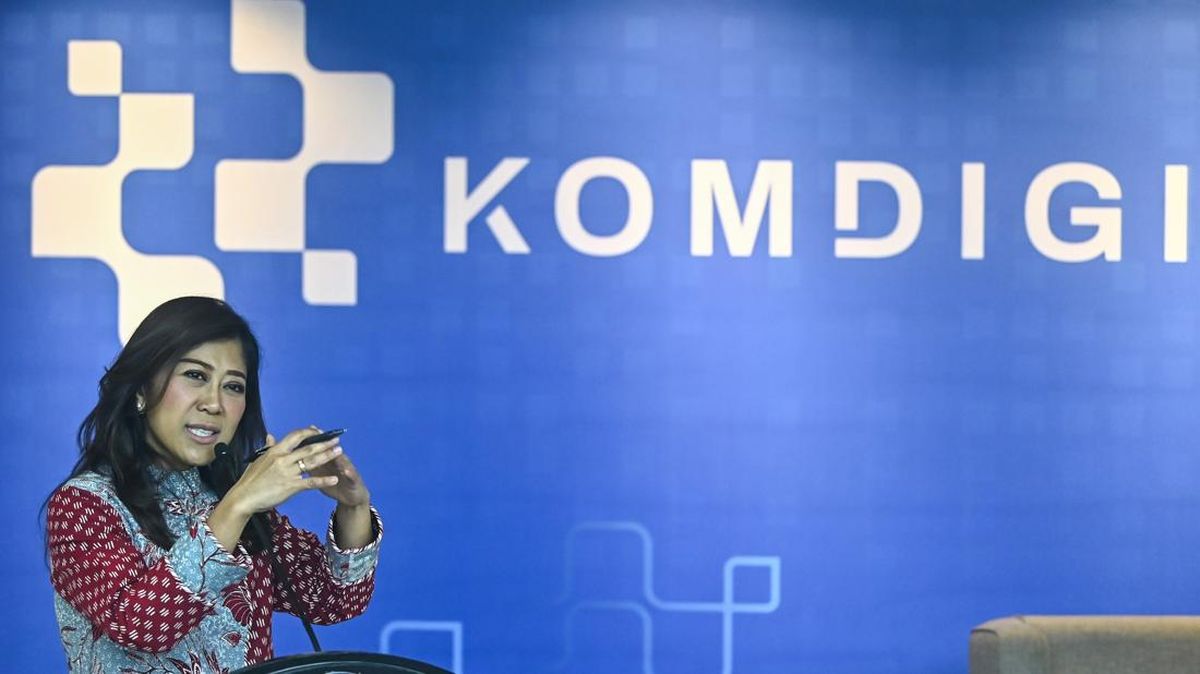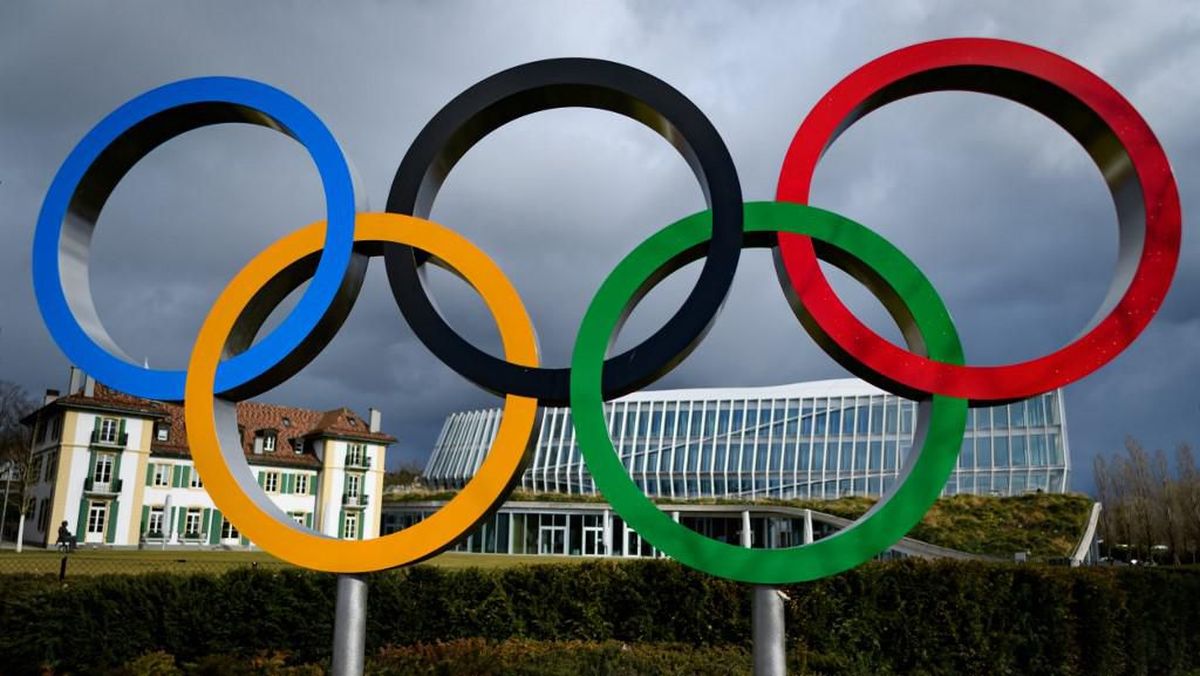When Mark Nawaqanitawase runs on for the Kangaroos against England at Wembley on Sunday morning, he will join one of the most exclusive clubs in the fraternal “rugby” codes of league and union.
The 25-year-old winger will become Australia’s latest dual international - the prestigious title earned by players who have represented Australia in both the 13-man and 15-man games; both Wallaby and Kangaroo.
Nawaqanitawase will be the 48th member of the Australian chapter of dual internationals; a red-rope club that contains some of the most celebrated names in both codes. Naturally, it began with the father of rugby league, Dally Messenger, and many fellow Wallabies who followed him into the new professional code in 1908.
For many decades, the traffic was effectively one-way, with amateur Wallabies stars like Trevor Allen, Ken Kearney, Rex Mossop, Arthur Summons, Ray Price, and Michael O’Connor defecting to make a living, and then becoming Kangaroos in the 13-man game.

League and union great Dally Messenger.
But after rugby finally went professional in 1996, the tidal flow reversed. Some of the Wallabies’ highest-profile players were internationals poached from league, like Wendell Sailor, Lote Tuqiri, Mat Rogers, Israel Folau, and Marika Koroibete.
Nawaqanitawase has swum against that tide. After representing the Wallabies 11 times in 2022 and 2023, the flying winger has gone the old route - and will become the first union-to-league since former Wallaby Scott Gourley played one Test for the Kangaroos against PNG in 1991.
But Nawaqanitwase’s 34-year first is not the end of his achievements. By virtue of his appearance at the Paris Olympics last year, he is the first Australian dual international who is also an Olympian in 62 years, since Dick Thornett completed the feat in 1963.

Mark Nawaqanitawase joins a rare club of dual international Olympians.Credit: NRL Images/Getty
It is the equivalent of a VVIP room in the already exclusive dual international club: an elite handful who have the extra flex of having competed at an Olympics as well.
In Australia, there are only nine in the last 116 years - and most of them were in the same gold-medal winning team in 1908.
Slightly further afield, there are a couple more household names like Sonny Bill Williams and Semi Radradra.
So who are the “crown duals”?
The 1908 crew
A year and a day after the NSW Rugby League was founded in 1907, the Australian rugby team embarked on a 41-game tour of the British Isles and North America. It was noteworthy on several fronts; it was the first time they were called “the Wallabies”, and midway through the seven-month tour, the team won an Olympic gold medal.
With rugby included in the London Olympics, the Wallabies beat Cornwall - the side representing England - in a straight final.
When the Wallabies returned home, many followed in the footsteps of Dally Messenger and defected to rugby league - mostly to Newtown and Glebe. Within a year or two, most had also won selection for the Kangaroos, making them the first dual international Olympians.
Those men were Bob Craig, Jack Hickey, Chris McKivat, John Barnett, Charles McMurtrie, Patrick McCue, Frank Smith, and Charles Russell.

The Wallabies side, captained by Chris McKivbat, who won the 1908 Olympic gold medal.Credit: Fairfax Arcvhives
McKivat stands out among them, having captained the Wallabies in their 1908 tour and Olympic triumph, and then captained the Kangaroos in 1911-12 tour of Britain as well. The skilful playmaker led the Kangaroos to their first-ever Ashes victory over Great Britain on British soil.
Dick Thornett

Dick Thornett playing for Parramatta.Credit: Fairfax Media
The youngest of the incredible Thornett brothers, who were giants of the Australian sporting landscape in the 1950s, 60s and 70s, Richard - or “Dick” - was a supremely gifted athlete, who also joined the dual international Olympian club.
Dick had big targets to chase as a youngster, with eldest brother John beginning a stellar Wallabies career in 1955. Playing across most of the forward pack, John Thornett played 37 Tests for the Wallabies over the next 13 years, and captained the team as well.
Middle brother Ken Thornett switched from rugby to league and quickly became one of the 13-man game’s best fullbacks. He was a star for the Parramatta Eels, and played No.1 for the Kangaroos on the 1963–64 Kangaroo Tour that won the Ashes in England for the first time in over 50 years.
But Dick ended up matching both brothers and playing for Australia in both codes. He played 11 Tests for the Wallabies as a second rower, alongside his brother John, between 1961 and 1963.

Dick Thornett (right), with Arthur Beetson and John Wittenberg in 1968.Credit: Fairfax Archive
Dick then switched codes in 1963 and played alongside Ken at Parramatta, becoming a dual international when he also went on the 1963-64 Ashes tour with the Kangaroos. Dick played 13 Tests as a front and second rower.
But prior to his stellar football career, Dick Thornett also earned the rare distinction of competing for Australia in water polo at the 1960 Olympics in Rome. A burly presence in the water with a cannon-like shooting arm, Dick was considered a star in water polo, but he elected to pursue footy.
Given all the other dual international Olympians played a variety of rugby at the Games, Thornett’s feat of representing Australia in a third and entirely different sport stands him apart. The only man to come close to joining him is Michael Cleary, who won a bronze medal in the 100m sprint at the Commonwealth Games in Perth in 1962, between his stints as a Wallaby and a future Kangaroo winger.
Mark Nawaqanitawase
“Marky Mark” played his first game for NSW in rugby union in 2020 and went on to debut for the Wallabies in 2022. With his Fjiian heritage, Nawaqanitawase was also in demand as a sevens rugby player, and he played for Australia at the 2022 Commonwealth Games in Birmingham.

Mark Nawaqanitawase has been a revelation for the Roosters.Credit: Getty Images
After playing at the 2023 Rugby World Cup for the Wallabies and then revealing he would be switching to the NRL in 2025, Nawaqanitawase was selected to play for the Australian sevens team at the 2024 Olympic Games in Paris. The team came fourth.
And some others
Having first represented New Zealand in rugby league in 2004, and then for the All Blacks in rugby (where he won two World Cups), Sonny Bill Williams set his sights on making the New Zealand sevens Olympic team in 2016 in Rio. SBW made the team and became an Olympian, but ruptured his achilles tendon in one of the pool games.
Former Parramatta Eels winger Semi Radradra played for the Kangaroos in 2016, and then represented his native Fiji in rugby from 2018 after switching back to rugby. In 2021, he joined the Fijian sevens team and played at the Tokyo Olympics, where he helped Fiji defend their 2016 gold medal.

Semi Radradra of Fiji breaks with the ball against England at Twickenham.Credit: Getty
Lote Tuqiri also came close, after playing for the Wallabies and the Kangaroos, and also representing Australia in sevens in the 2006 Commonwealth Games.
There are a few almosts in women’s footy, too. Emma Verrans (nee Tonegato) and Evania Pelite both won gold for the Aussie women’s sevens team in 2016 and also played for the Jillaroos in league, and triple Olympian sevens star Charlotte Caslick also made her Wallaroos debut in 15-a-side rugby this year.
Most Viewed in Sport
Loading

